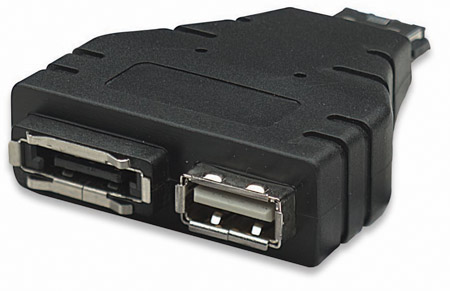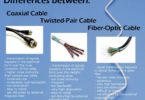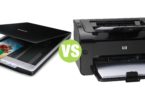USB vs eSata Port
Summary: Difference Between USB and eSata Port is that USB port, short for universal serial bus port, can connect up to 127 different peripherals together with a single connector. While eSATA port, or external SATA port, allows you to connect a high-speed external SATA hard disk to a computer.

Usb Port
A USB port, short for universal serial bus port, can connect up to 127 different peripherals together with a single connector. Devices that connect to a USB port include the following: mouse, printer, digital camera, scanner, speakers, portable media player, optical disc drive, smart phone, PDA, game console, and removable hard disk. Personal computers typically have six to eight USB ports on the front and/or back of the system unit. USB ports on mobile devices usually are smaller than those on personal computers.
eSata port
As in computer technology eSata is the combine connection between different storage devices. Any USB or eSata can be attached by this port, which was created in 2008. The sockets for both devices are placed superbly, so they can be attached easily. An eSATA port, or external SATA port, allows you to connect a high-speed external SATA (Serial Advanced Technology Attachment) hard disk to a computer. As it’s cleared that both USB and eSata drive can be connected through this device. There is no such formal approval from any organization, you can use it on your own risk. As of 2011 the organization which is responsible for the SATA Specifications, SATA-IO is now working to define completely the eSata port specifications.
Also Read:
Difference Between Port and Connector
Difference Between Bluetooth and Infrared Port
Difference Between SCSI and Parallel Port
Difference Between Sata and eSata Port
Difference Between SCSI Port and MIDI Port







Leave a Comment
You must be logged in to post a comment.